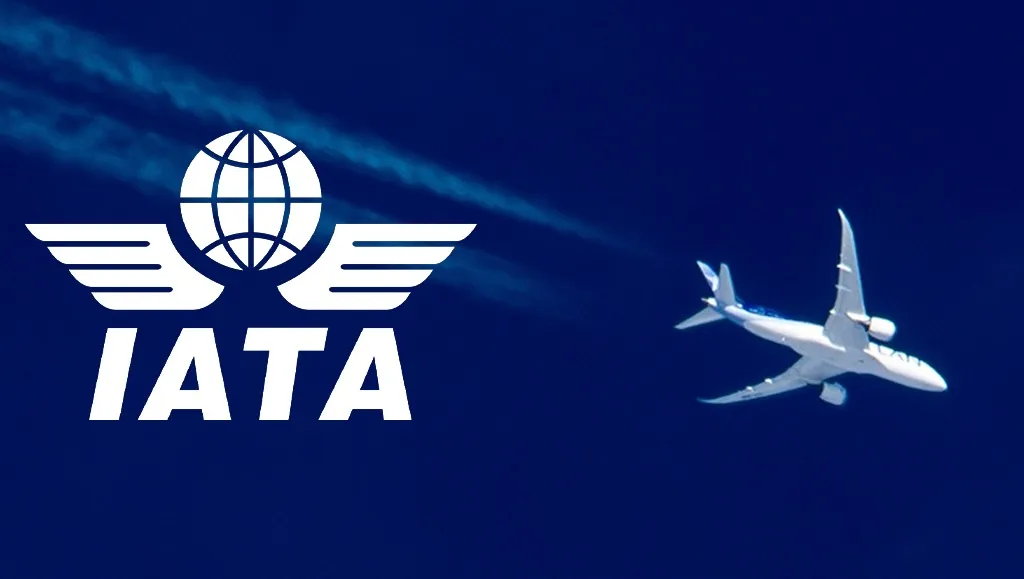The year is close to ending, and the Latin American airline industry has had one of the best recoveries worldwide from the COVID-19 pandemic. It’s on par with the North American recovery, according to data provided by several organizations like Cirium, OAG, and the International Air Transport Association (IATA). Let’s investigate further.
The good
The Latin American region has recovered faster than most of the world. According to Cirium’s database, this region has 231,343 scheduled commercial flights in December 2021. That number is only 17.7% below the pre-pandemic trends.
The 93 airlines flying in and out of the region offer nearly 36 million seats during the month, just 12.7% below December 2019.
Several new carriers are flying in the region, for example, Eastern and Volaris El Salvador. The Latin American airlines in Chapter 11 (Avianca, Aeromexico, and LATAM) are moving through and could exit their bankruptcy processes next year.
In terms of capacity, OAG divides the Latin American region into four: Lower South America, Upper South America, the Caribbean, and Central America.
Central America is only 4.1% below 2019 levels; Upper South America is -8.7%; the Caribbean is -17.0%, and Lower South America is -19.3%.
According to IATA, the Latin America & Caribbean region had the best international air connectivity recovery by November.
The recovery has varied from country to country. There are examples of incredible bounce back, like Mexico and the Dominican Republic, but there are examples of a slower recovery also, like Argentina and Chile.
The bad
According to Cirium’s database, the Latin American region has lost connectivity from 38 airlines that were flying in December 2019. It doesn’t mean that the 38 airlines are currently out of business (some of them are). Some are no longer flying to the region, and others are not reporting their schedules via Cirium (for instance the Venezuelan airlines like Conviasa and Laser).
The region has lost players like Interjet (responsible for nearly 11,000 flights in December 2019), TAME, LATAM Argentina, and Avianca Peru.
There’s also the startup dilemma. Several new carriers were supposed to start flying in 2021. Only Itapemirim Transportes Aéreos launched operations in June but has temporarily ceased flying, and it doesn’t look good.
The Latin American region has also lost key connectivity with Asia and Oceania. For example, LATAM is yet to relaunch its route to New Zealand and Australia, and Mexico has lost its pre-pandemic connectivity with China.
How’s 2022 looking?
IATA expects passenger numbers in the region to surpass pre-COVID levels by 2023. This follows a recovery of 52% in 2021 and 88% in 2022 of pre-COVID-19 levels, said the airline association.
The International Civil Aviation Organization (ICAO) believes Latin America will have one of the best recoveries in 2022. ICAO estimates the traffic levels in the region will close between 4.9% and 6.8% below 2019 levels by the end of next year.
The domestic market will bounce back and grow in 2022, with a traffic increase of 6.3% to 7.3%. Nonetheless, the international segment will drag the overall recovery, staying between 28% and 31.6% below 2019 levels.
The airlines across Latin America could lose between US$5.7 and 6.7 billion in revenues next year (compared to 2019). (https://simpleflying.com/2021-in-review-the-latin-american-airline-recovery/)



































